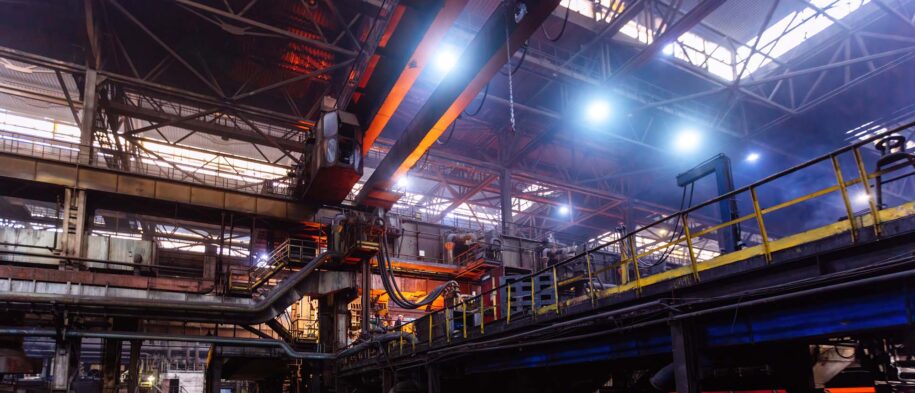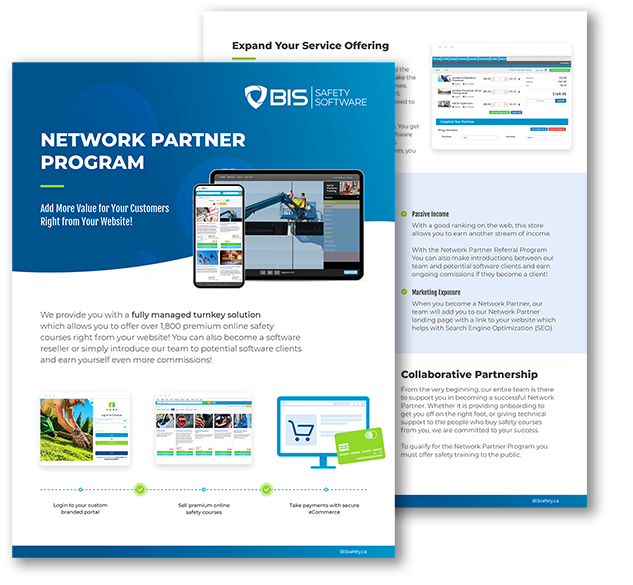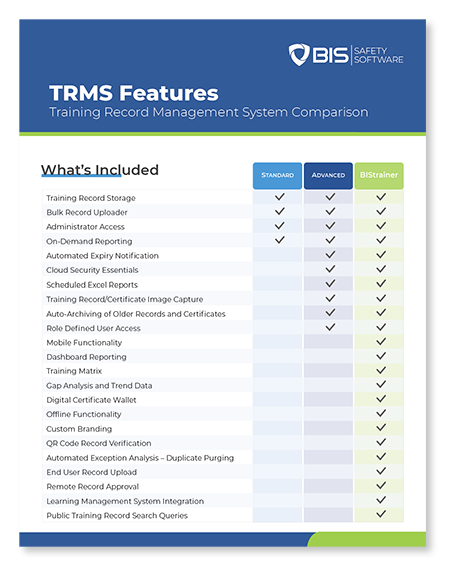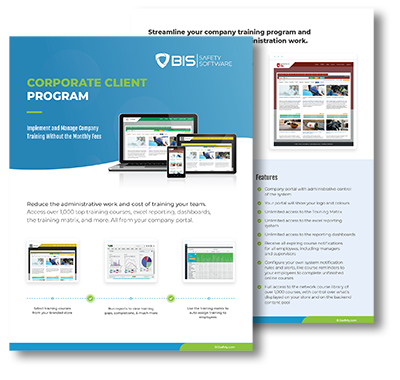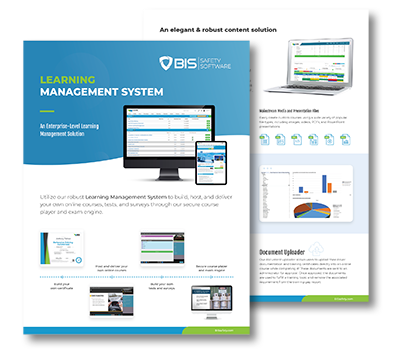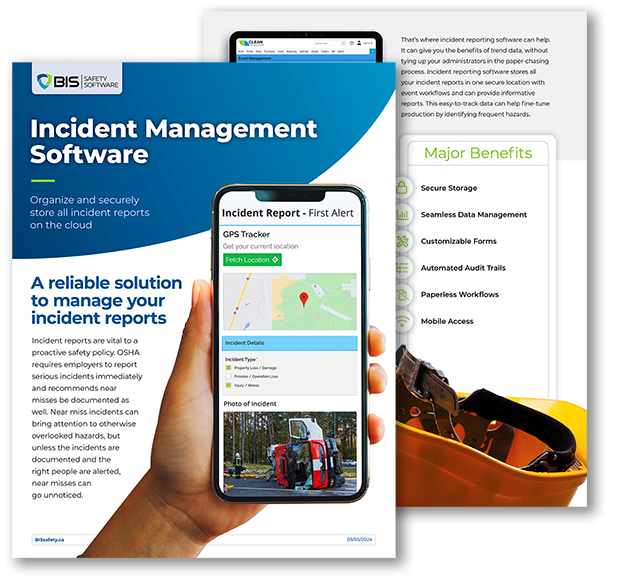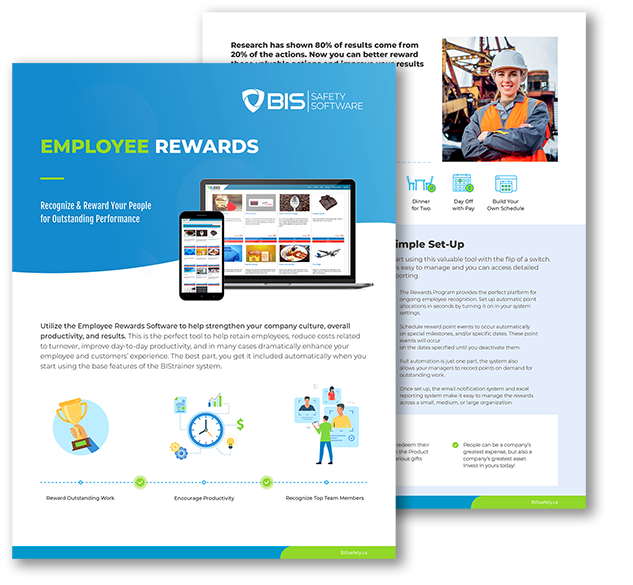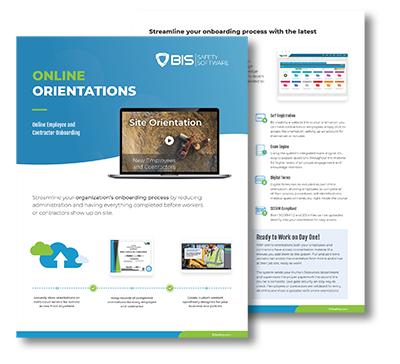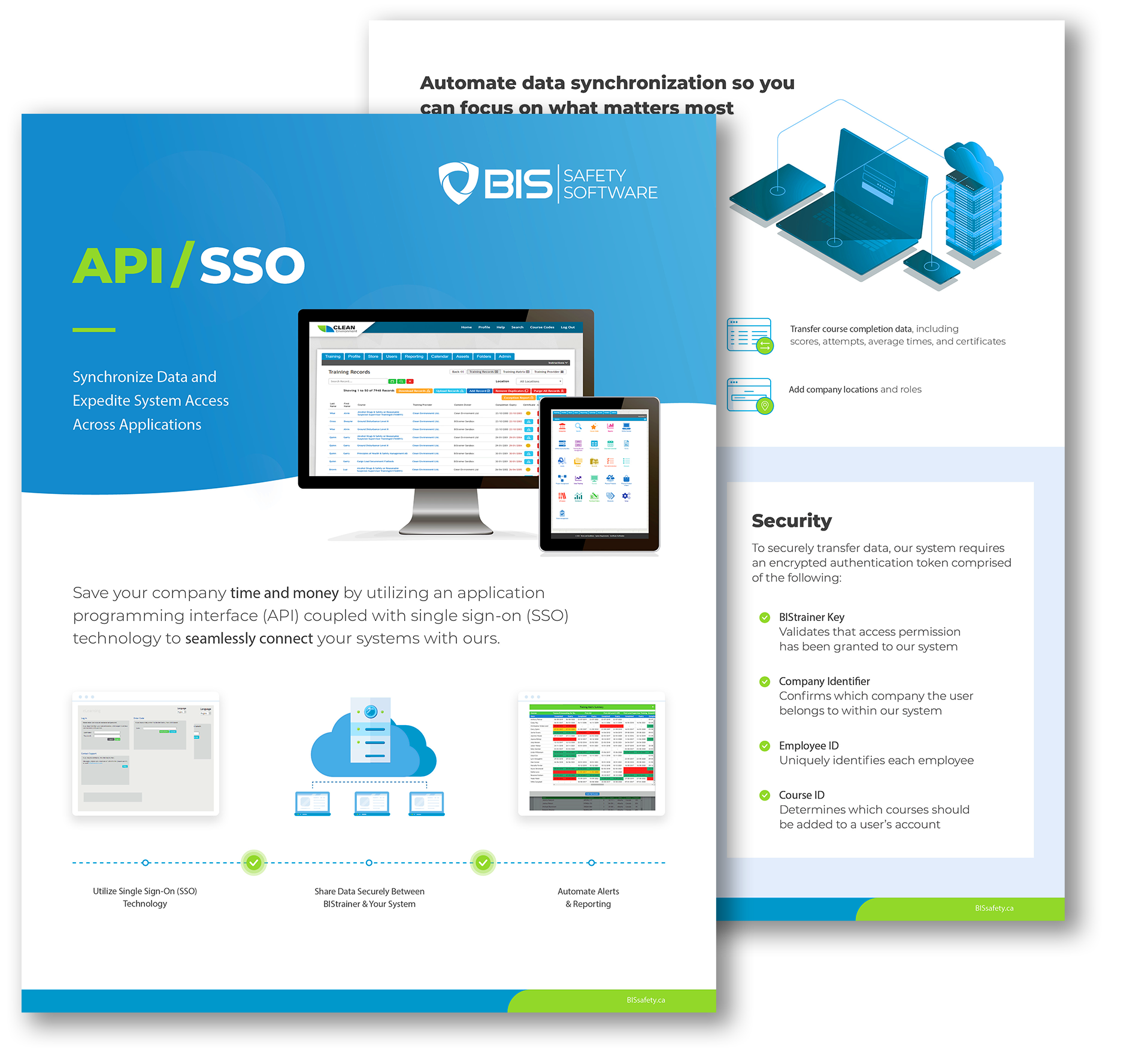In the industrial world, the use of overhead cranes is integral for moving heavy and large objects that would otherwise be unmanageable. However, the operation of these cranes comes with its share of risks and hazards, necessitating comprehensive safety training for operators. In this blog, we will explore essential training courses and provide tips for effectively training your overhead crane operators, ensuring safety and efficiency in your operations.
Popular Training Courses for Overhead Crane Operators
1. Overhead Crane – Operator Training
Description: This course targets both new and experienced operators, covering crane types, pre-use inspections, safe operations, and how to mitigate hazards.
Benefits:
-
- Equips operators with a comprehensive understanding of different crane types and their applications.
- Enhances safety through detailed pre-use inspection protocols.
- Teaches best practices for safe operations and hazard recognition.
- Includes competency assessment forms for employers to validate operator skills.
Course Link: Overhead Crane
2. Overhead Crane & Rigging Level 1
Description: Focuses on pre-use inspections, and the application and proper use of overhead cranes and rigging, following the latest ASME standards.
Benefits:
-
- Provides up-to-date knowledge on rigging and crane operation standards.
- Utilizes short videos for an engaging and effective learning experience.
- Strengthens understanding of rigging applications and safety precautions.
- Offers competency assessment forms for practical skill validation.
Course Link: Overhead Crane & Rigging Level 1
3. Overhead Crane – Operator Safety (OSHA)
Description: An online course covering types of cranes, inspection and operation protocols, and common hazards, designed to meet OSHA standards.
Benefits:
-
- Ensures compliance with OSHA safety standards for crane operations.
- Offers virtual proctoring for enhanced learning accountability.
- Improves hazard recognition and emergency response skills.
- Educates on safe lifting devices and their correct usage.
Course Link: Overhead Crane OSHA
4. Overhead Crane – Operator Safety (CAN)
Description: Similar to the OSHA version but tailored to Canadian regulations, this course addresses crane types, safe operation, and hazard awareness.
Benefits:
-
- Tailored to meet Canadian safety standards and regulations.
- Includes virtual proctoring to ensure diligent learning and assessment.
- Enhances operator’s knowledge on various crane types and their specific safety protocols.
- Fosters a comprehensive understanding of potential hazards and mitigation strategies.
Course Link: Overhead Crane Operator Safety CAN
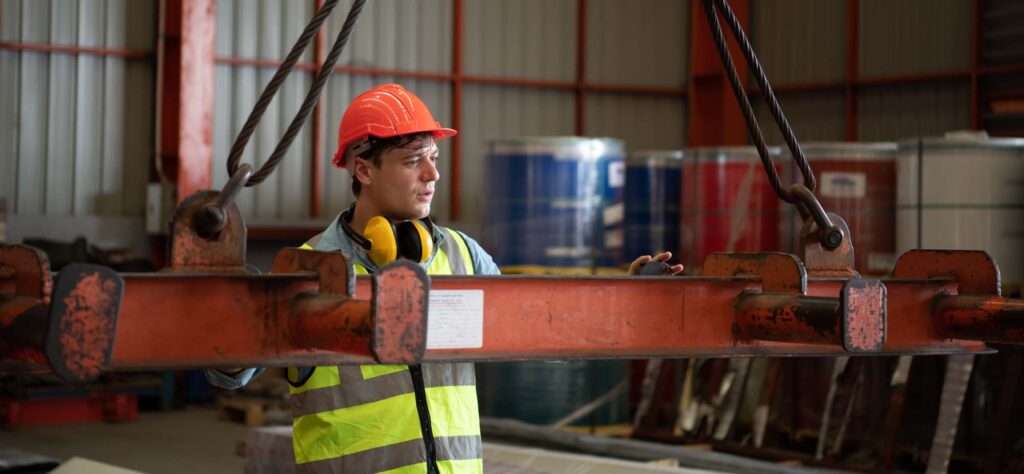
5. Crane and Hoist Hand Signals
Description: A free micro-learning module on crane and hoist hand signals, emphasizing the best practices for effective signaling.
Benefits:
- Enhances on-site communication between crane operators and ground personnel.
- Reduces the risk of accidents due to miscommunication.
- Accessible and quick training module for immediate skill application.
- Essential for maintaining a safe working environment.
Course Link: Crane and Hoist Hand Signals
6. Rigger and Signalperson (Advanced) (OSHA)
Description: Advanced safety training for experienced riggers and signalers, covering load charts, sling types, crane operations, and communication.
Benefits:
- Advanced skill development for rigging and signal personnel.
- Compliance with OSHA requirements for specialized roles.
- Detailed instruction on load dynamics and safe handling.
- Promotes high-level understanding of crane operations and safety.
Course Link: Rigger and Signalperson (Advanced) (OSHA)
7. Rigging – Level 1
Description: Using current ASME standards, this course offers insights into rigging techniques and inspections, clarifying common misconceptions.
Benefits:
- Provides a solid foundation in rigging principles and safety standards.
- Clarifies myths and misconceptions about rigging practices.
- Includes access to a comprehensive library of competency assessment forms.
- Ideal for those new to rigging or seeking to update their knowledge.
Course Link: Rigging – Level 1
8. Overhead and Gantry Crane Safety
Description: Teaches the fundamentals of overhead and gantry crane safety, focusing on equipment characteristics, inspection requirements, and safe load movement.
Benefits:
- Focused on the specific safety considerations of overhead and gantry cranes.
- Educates on the essential pre-planning procedures for safe operations.
- Provides practical knowledge on how to inspect and maintain equipment.
- Enhances operator’s ability to safely lift and move loads, reducing the risk of workplace accidents.
Course Link: Overhead and Gantry Crane Safety
Tips for Training Your Operators
- Tailor Training to Operator Experience: Differentiate between new and experienced operators by offering courses that cater to their specific needs, ensuring that each operator has the necessary knowledge and skills for their level of expertise.
- Emphasize Practical, Hands-On Training: While theoretical knowledge is crucial, hands-on training under the supervision of experienced instructors can significantly enhance skill acquisition and retention.
- Incorporate Regular Refresher Courses: Safety standards and regulations evolve, and so should your training program. Regularly update and require refresher courses to ensure that your operators are always up-to-date with the latest safety practices.
- Utilize Competency Assessments: Leverage competency assessments provided at the end of courses to evaluate the practical skills and understanding of your operators. This helps in identifying areas for improvement and ensuring that operators meet your organization’s safety standards.
- Foster a Culture of Safety: Beyond individual training courses, cultivate a workplace environment that prioritizes safety above all. Encourage open communication about safety concerns and continuous learning.
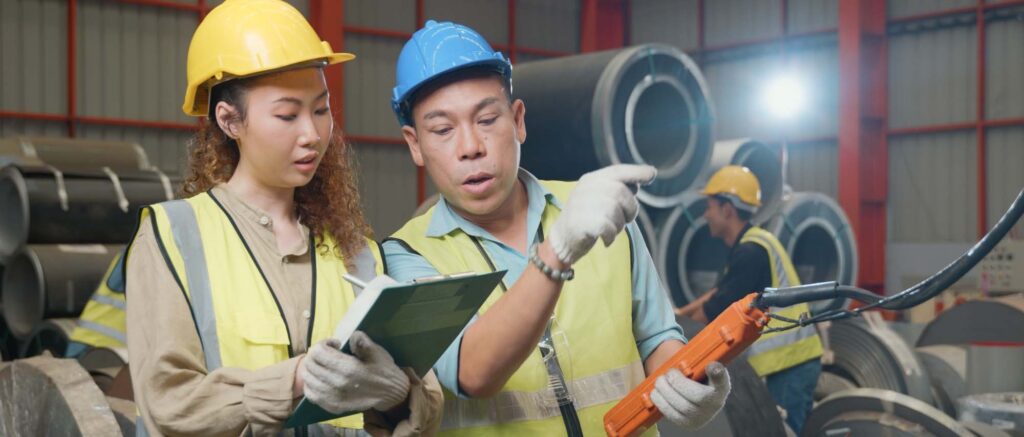
What is Overhead Crane Training?
Overhead crane training is a specialized educational and certification process designed for operators and personnel involved in the operation, maintenance, and safety management of overhead cranes. This training encompasses a wide range of topics, including but not limited to, crane types, safety standards, operational procedures, maintenance protocols, and hazard recognition. Its implementation stems from the critical need to ensure safety, efficiency, and compliance with regulatory standards in environments where overhead cranes are used.
Why Was Overhead Crane Training Implemented?
- Enhancing Safety: The primary objective of overhead crane training is to enhance workplace safety. Given the potential risks associated with moving heavy loads, it is imperative that operators and on-site personnel are proficient in safety practices to prevent accidents and injuries.
- Regulatory Compliance: Various national and international regulatory bodies, such as OSHA in the United States and similar organizations worldwide, have set forth guidelines and standards for crane operations. Training ensures that crane operations meet these legal requirements, thereby avoiding penalties and legal issues.
- Operational Efficiency: Well-trained operators are not only safer but also more efficient. They can perform lifts more quickly and effectively, contributing to overall productivity and reducing costly downtime caused by errors or accidents.
- Maintenance and Longevity of Equipment: Training includes proper maintenance and inspection protocols, which are crucial for the longevity of crane equipment. Understanding how to maintain cranes can prevent mechanical failures and extend the life of these valuable assets.
- Professional Development: For operators and related personnel, this training offers a pathway for professional development and career advancement within the industry.
What Has Overhead Crane Training Achieved?
- Reduced Workplace Accidents and Injuries: Since its implementation, overhead crane training has significantly reduced the number of accidents and injuries associated with crane operations. By educating personnel on hazard recognition and avoidance, workplaces have become safer.
- Compliance and Recognition: Organizations that invest in overhead crane training are recognized for their commitment to safety and compliance. This not only fulfills legal obligations but also builds a positive reputation in the industry.
- Increased Operational Efficiency: Trained operators can perform tasks more quickly and with greater precision, which enhances productivity and reduces operational costs associated with delays and inefficiencies.
- Empowered Workforce: Training empowers operators and team members with the knowledge and skills needed to make informed decisions and take proactive measures in ensuring safety and efficiency.
- Advancements in Safety Culture: Overhead crane training has played a pivotal role in promoting a culture of safety within workplaces. It has fostered an environment where safety is a shared responsibility, encouraging continuous learning and vigilance.
- Innovation and Continuous Improvement: As training programs evolve, they incorporate the latest safety standards, technological advancements, and best practices. This drives innovation and continuous improvement in crane operation and safety management.
In conclusion, overhead crane training is a critical component of workplace safety and efficiency in industries that rely on overhead cranes for material handling. Its implementation has led to significant achievements in reducing accidents, ensuring regulatory compliance, enhancing operational efficiency, and promoting a culture of safety and professional development among personnel.

